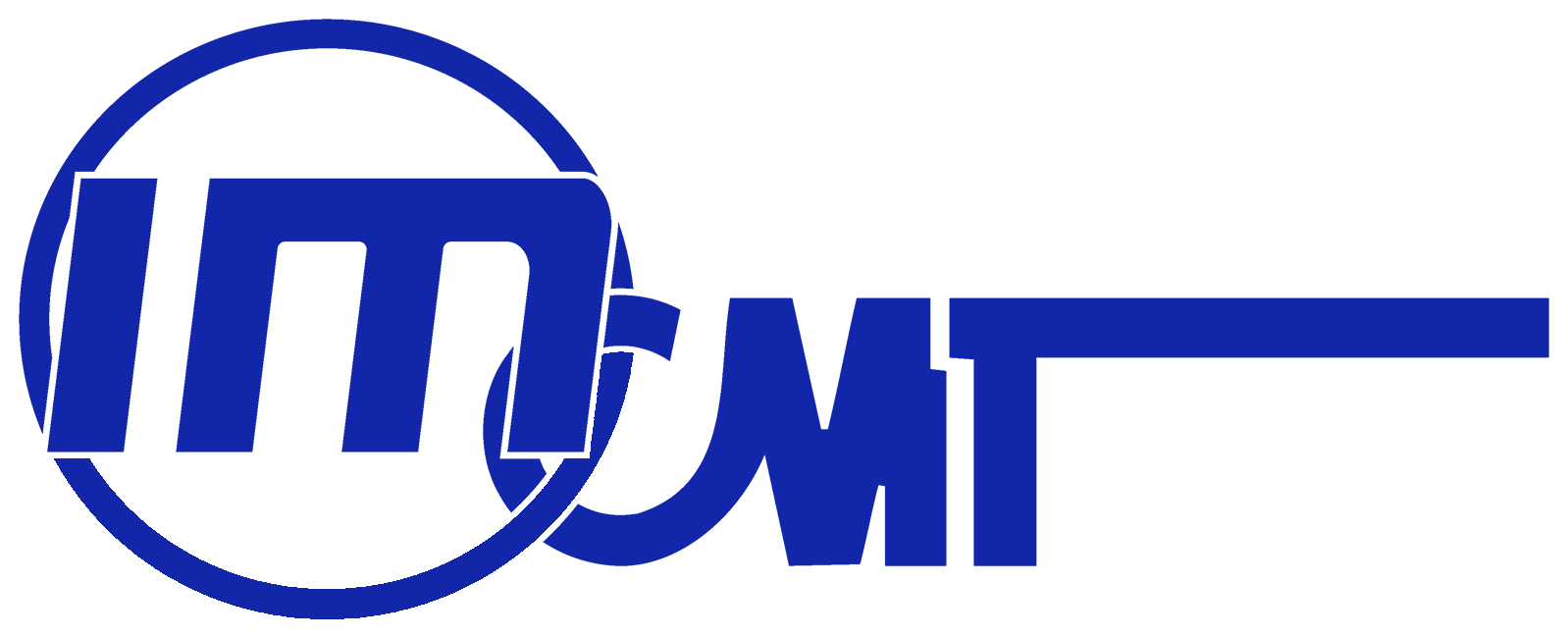Unlocking Precision and Efficiency with Advanced Desktop Fiber Laser Marking Solutions
In recent years, the demand for precision marking solutions across various industries has surged, driven by the need for high-quality, efficient manufacturing processes. According to a report by MarketsandMarkets, the global laser marking market size is expected to reach $4.55 billion by 2025, growing at a CAGR of 5.8%. This growth is primarily fueled by advancements in laser technology, particularly in the adoption of Desktop Fiber Laser Marking Machines. These machines offer unparalleled accuracy and speed, making them indispensable tools in sectors such as electronics, automotive, and medical devices.
The Desktop Fiber Laser Marking Machine stands out for its versatility and efficiency, catering to both small-scale operations and large manufacturing lines. The integration of fiber lasers allows for deep engraving and high-quality markings on various materials, including metals and plastics. As reported by Technavio, the fiber laser segment is anticipated to witness significant growth due to its longer lifespan and lower operational costs compared to traditional marking solutions. By embracing these advanced technologies, businesses can enhance their productivity and maintain a competitive edge in a rapidly evolving market.
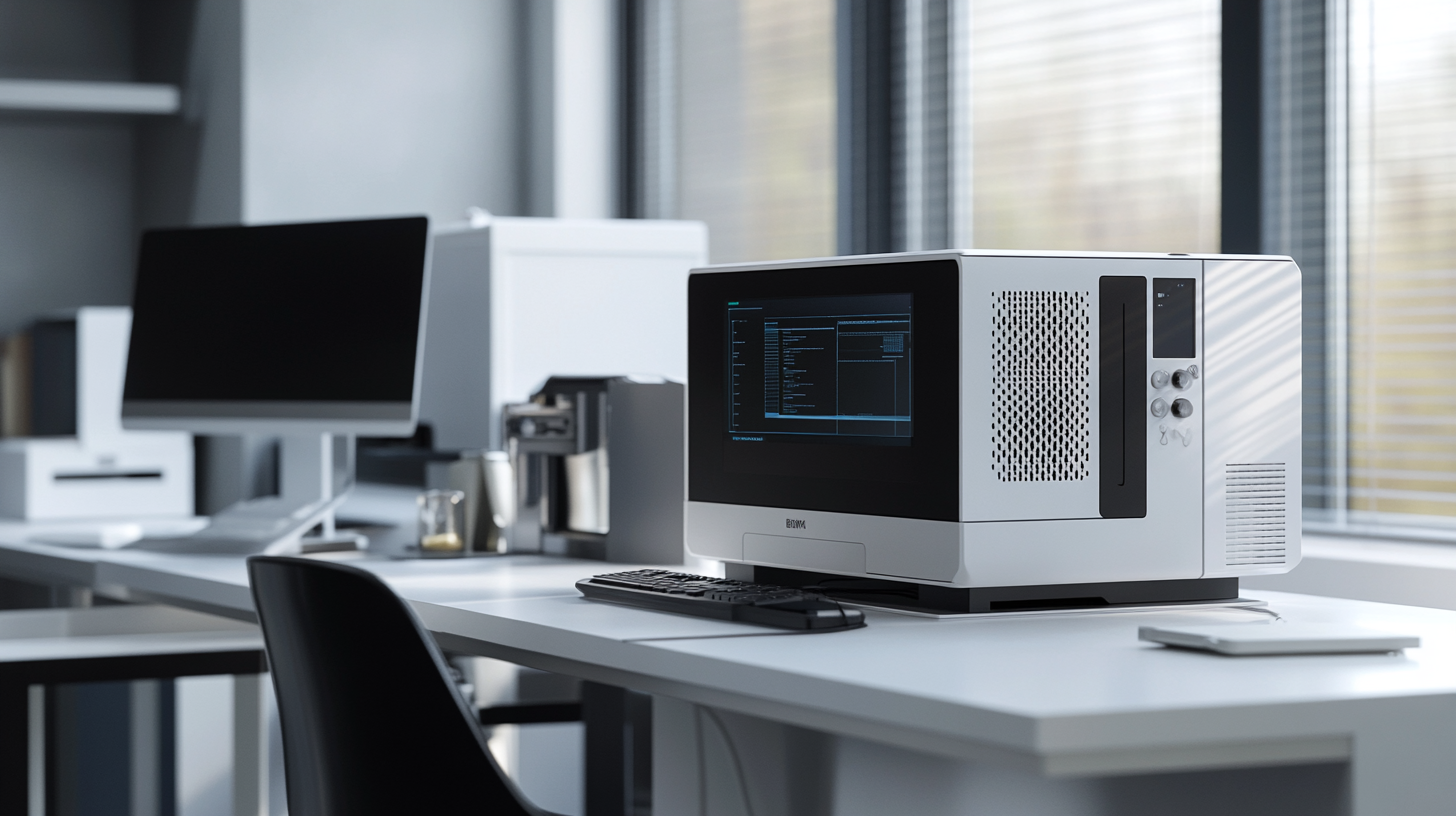
Revolutionizing Marking: The Role of Desktop Fiber Lasers in Precision Manufacturing
In the rapidly evolving landscape of precision manufacturing, the introduction of advanced desktop fiber lasers is revolutionizing the way marking is approached across various industries. These compact systems deliver remarkable accuracy and speed, crucial for applications that demand operational efficiency and high-quality outcomes. According to a recent report by MarketsandMarkets, the global laser marking market is projected to reach $6.68 billion by 2025, growing at a CAGR of 5.9%. This surge is largely attributed to the increasing demand for precision marking solutions that desktop fiber lasers can adeptly fulfill. Desktop fiber lasers utilize a solid-state laser source, which enhances durability and reduces maintenance costs compared to traditional laser systems. Their capability to mark a wide range of materials—including metals, plastics, and ceramics—makes them versatile tools in manufacturing environments. A study published by IBISWorld highlights that manufacturers employing these systems experience a significant increase in throughput, with some reporting efficiency improvements of up to 30%. This efficiency is critical in meeting the demands of just-in-time production schedules prevalent in today's market. Moreover, the precision offered by desktop fiber lasers leads to less waste and higher overall product quality, as they ensure consistent marking without the risk of material damage. Enhanced traceability, a vital aspect in sectors like aerospace and medical device manufacturing, is further supported by the high-resolution coding capabilities of these systems. With such robust advantages, it’s clear that desktop fiber lasers are not only streamlining production processes but also setting new standards for quality in precision manufacturing.
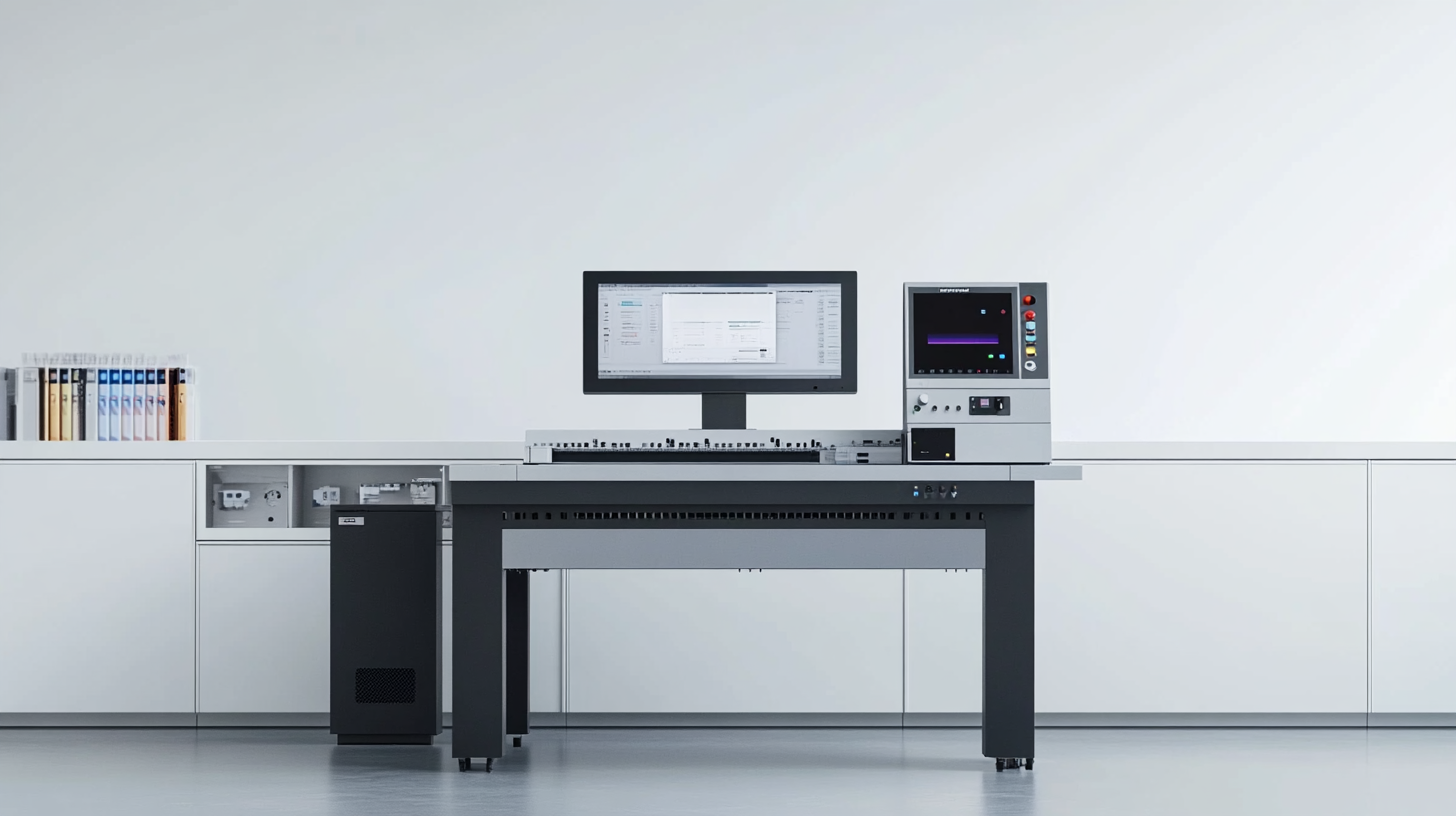
Benefits of Advanced Desktop Fiber Lasers for Diverse Industry Applications
Advanced desktop fiber laser marking solutions are revolutionizing various industries by offering precision and efficiency that were previously unattainable with traditional marking methods. The recent advancements in ultrafast fiber laser technology are paving the way for innovative applications across multiple domains. From medical diagnostics, such as cancer detection, to complex industrial processes like terahertz imaging and 3D nanoprinting, these lasers are proving to be incredibly versatile.
At events like AMTEX 2024, companies like Laser Technologies are showcasing their cutting-edge solutions, emphasizing how advanced laser systems can enhance productivity and accuracy in manufacturing. The adaptability of fiber lasers makes them ideal for lightweight composite structures, which have seen significant advancements in manufacturing technologies. This adaptability not only streamlines production but also elevates the quality and precision of the finished products.
Moreover, with companies like Monport Laser leading the charge in providing laser engraving solutions for all skill levels, the entry barrier to high-quality customization in industries is lower than ever. Such innovations enable businesses to leverage advanced laser marking capabilities, ensuring that they stay competitive in today's fast-paced market. The integration of these sophisticated tools into varied applications highlights their immense potential to transform industry standards.
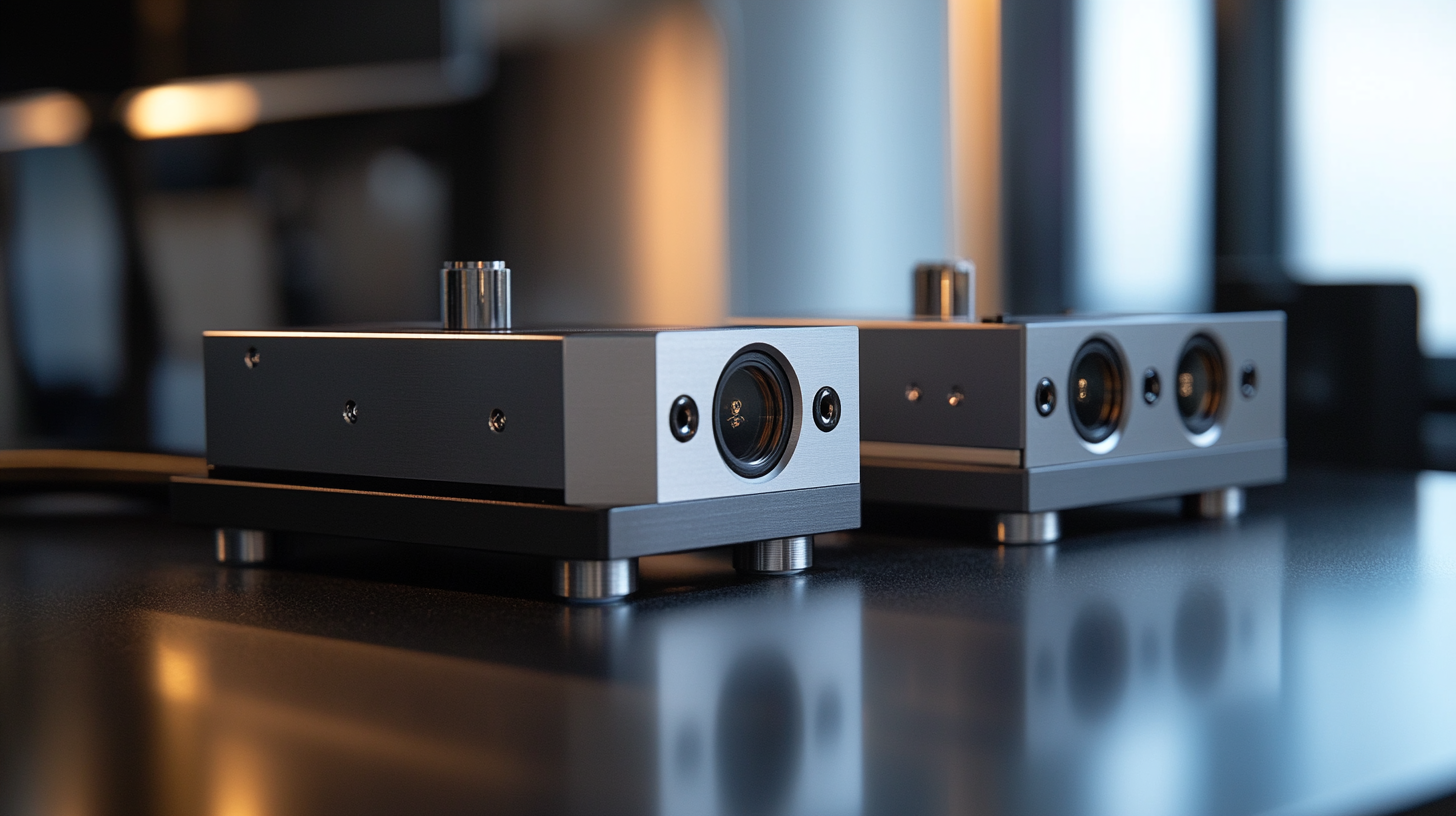
Key Features to Look for in High-Quality Fiber Laser Marking Machines
In the rapidly advancing field of laser marking technology, selecting high-quality fiber laser marking machines is crucial for precision and efficiency. As highlighted in the recent report from Longma Capital on the laser equipment industry, the trend of domestic substitution is now more prevalent than ever, suggesting a significant opportunity for the growth of local manufacturers. This shift not only enhances production capabilities but also drives innovation, reflected in the advanced features found in contemporary fiber laser marking solutions.
When searching for high-quality fiber laser marking machines, several key features warrant attention. First, look for machines equipped with advanced cooling systems and powerful fiber lasers, which ensure longevity and consistent performance. According to industry data, machines with a well-designed cooling system can enhance operational efficiency by up to 30%, reducing downtime and maintenance costs. Furthermore, features such as user-friendly interfaces and customizable marking options significantly improve productivity, allowing for quick adjustments to suit different materials and product designs.
Moreover, it’s essential to consider the machine’s compatibility with various substrates. High-quality fiber laser marking machines should adeptly handle metals, plastics, and more, providing versatility in applications. The Longma Capital report indicates that as more industries embrace laser marking technology, the demand for robust and adaptable machines will rise. In conclusion, prioritizing these key attributes can lead to significant improvements in marking precision, efficiency, and overall operational effectiveness.
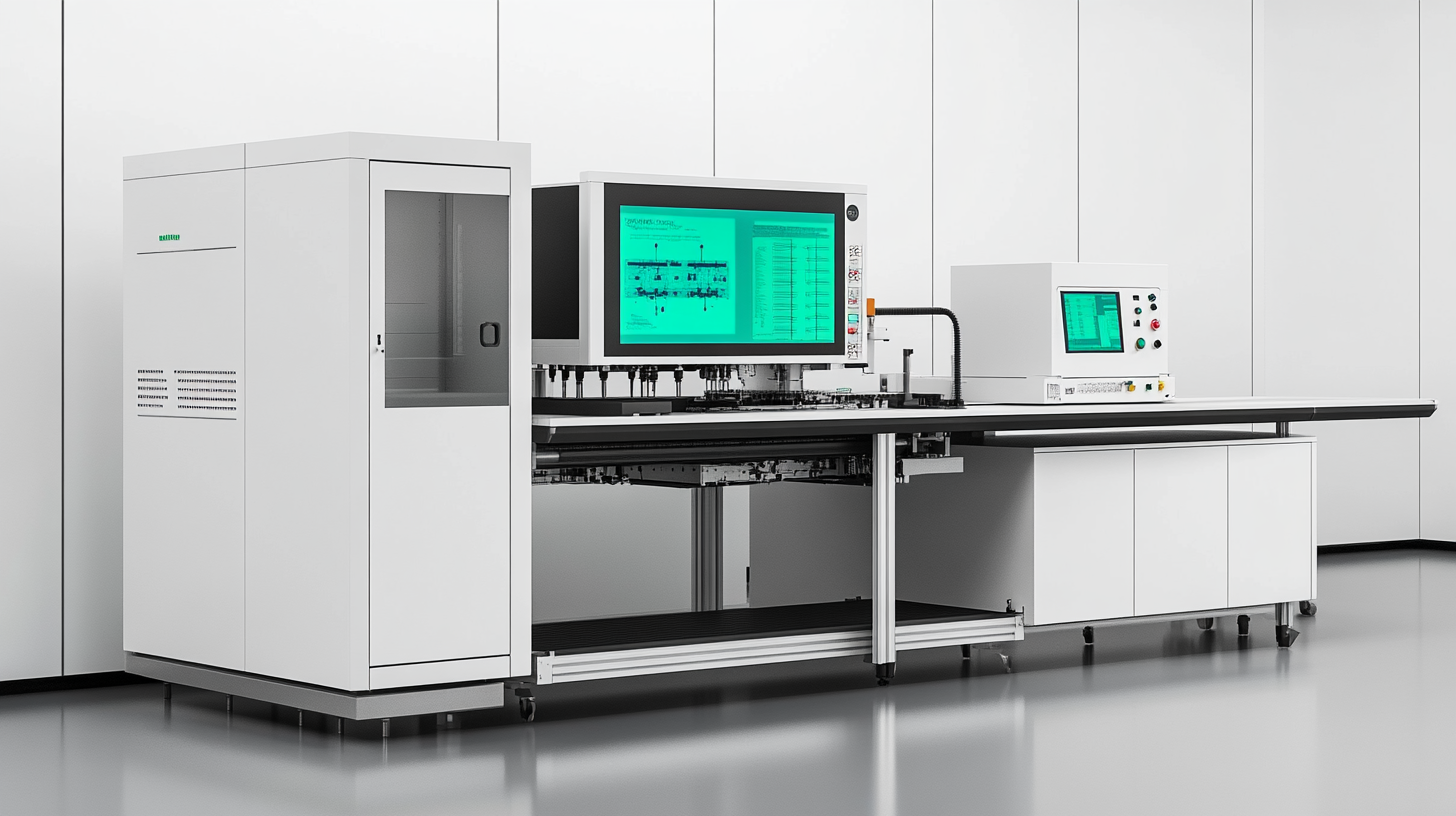
Comparative Analysis: Desktop Fiber Lasers vs. Traditional Marking Solutions
In the rapidly evolving landscape of marking technologies, a comparative analysis between desktop fiber lasers and traditional marking solutions reveals significant differences in precision and efficiency. According to a report by MarketsandMarkets, the global laser marking market is anticipated to grow from USD 3.76 billion in 2020 to USD 5.39 billion by 2025. This growth is largely driven by the increasing demand for high-quality markings and traceability in various industries such as automotive, electronics, and medical devices, where traditional methods often fall short.
Desktop fiber lasers offer substantial advantages over traditional marking solutions such as inkjet printers and mechanical engraving. Research from Laser Focus World indicates that fiber lasers can produce markings with a resolution up to 1,000 dpi, significantly enhancing the clarity and durability of markings compared to ink-based techniques that may fade over time. Moreover, fiber lasers require less maintenance and deliver a more cost-effective solution in the long term, with operating costs reduced by as much as 50% according to data from the Photonics Group.
The versatility of desktop fiber laser marking is another noteworthy advantage. Unlike conventional methods that may require different inks or tools for various materials, fiber lasers can effectively mark metals, plastics, and ceramics without adjustments, as highlighted in a study by the Laser Institute of America. This adaptability not only streamlines the production process but also minimizes setup times, allowing manufacturers to achieve quicker turnaround times and increased productivity. As industries continue to prioritize precision and efficiency, the adoption of desktop fiber laser marking solutions is set to redefine standards across sectors.
Future Trends: Innovations in Fiber Laser Technology for Enhanced Efficiency
The advancement of fiber laser technology is paving the way for enhanced efficiency and precision across various industries, particularly in manufacturing. As we look towards the future, innovations in this field are set to revolutionize processes, offering capabilities that were previously unimaginable. The integration of artificial intelligence within fiber laser systems is one of the most significant trends driving this transformation. AI can optimize laser parameters in real-time, adapting to different materials and conditions, which significantly improves marking accuracy and reduces waste.
In addition, the Internet of Things (IoT) is playing a crucial role in the evolution of fiber laser technologies. By connecting machines to a network, manufacturers can monitor performance metrics remotely, predict maintenance needs, and streamline operations. This interconnectivity not only enhances operational efficiency but also enables a more data-driven approach to production, allowing for adjustments based on real-time analytics.
Furthermore, as we approach 2025, the emphasis on sustainability within the industry will shape the innovations in fiber laser technology. Companies are increasingly seeking solutions that minimize energy consumption and reduce material waste. Advancements in laser efficiency and the use of eco-friendly materials are key aspects that will define the future of laser marking solutions, ensuring they align with environmental standards and contribute to a circular economy.
